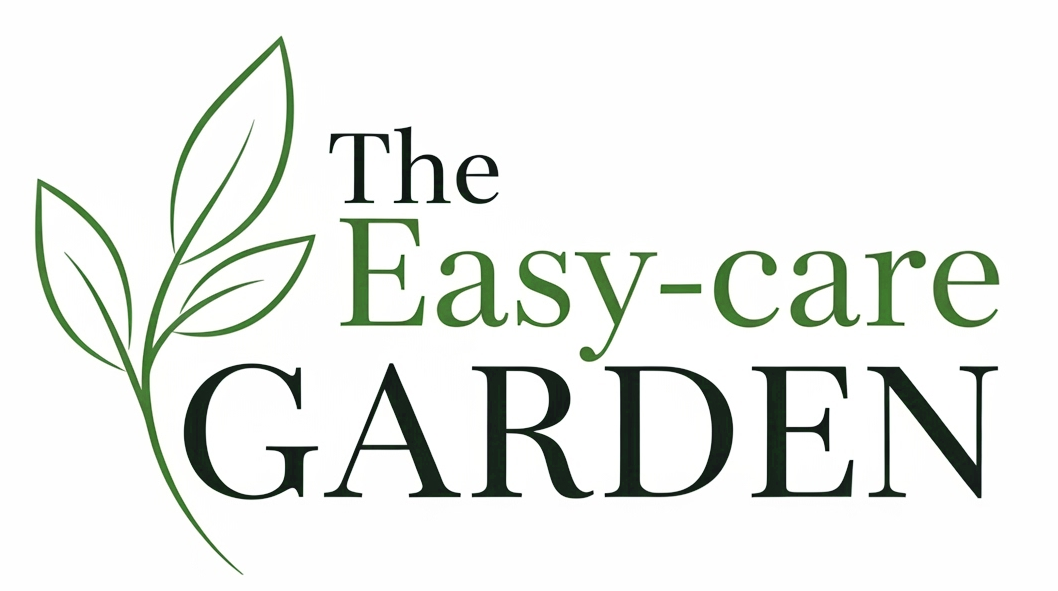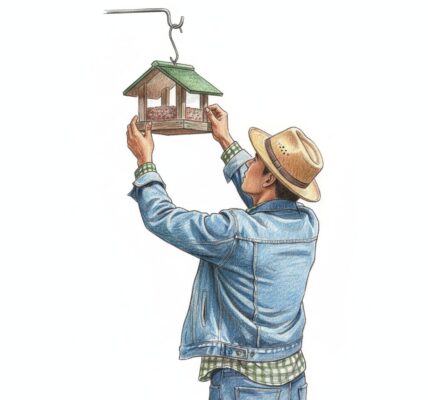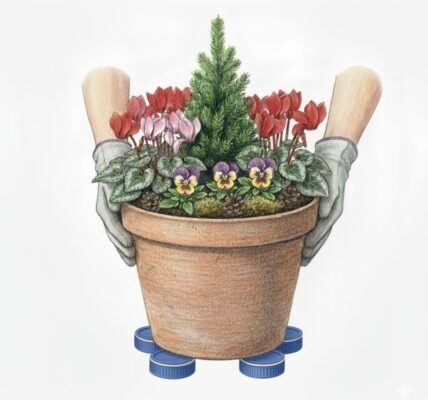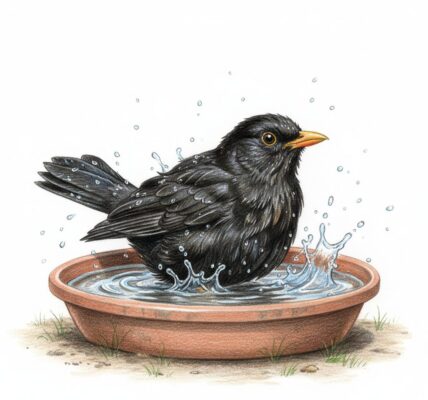
Leaving the skeletal remains of summer’s bounty in your winter garden might seem unconventional, but this practice, especially with plants like sunflowers, supports local wildlife and adds structure to the cold landscape. While the instinct to tidy garden beds in late autumn is strong, resisting the urge to cut down spent flower heads is one of the kindest things you can do for overwintering birds and insects.
The primary benefit of keeping seed heads like those of sunflowers, coneflowers, and teasels in place is providing a crucial food source for birds. The black oil seeds within a sunflower’s large head are a high-energy feast for species like sparrows, finches, and tits. Watching a flock of goldfinches acrobatically cling to a dry coneflower head, extracting tiny seeds, is one of winter’s true pleasures. This natural feeding station is far more resilient than a bird feeder, providing sustenance even during snow and harsh weather when other food sources are scarce.
Beyond avian benefits, these standing structures offer shelter for beneficial insects. The hollow stems and dry seed capsules provide important overwintering habitat for solitary bees, lacewings, and other small creatures. These insects will hibernate within the plant material, ready to emerge in spring to help with pollination and pest control. By leaving the seed heads and stems intact, you are essentially creating a five-star winter hotel for your garden’s helpful residents.
Furthermore, these dried remnants bring invaluable visual interest to the winter garden. Covered in frost or dusted with snow, the geometric shapes of sunflower heads and the fine texture of grass seed plumes create beautiful, natural sculptures. They add height, contrast, and drama that a flat, bare garden bed simply cannot match. For a garden that truly thrives year-round, delaying the ‘big cut’ until early spring, just before new growth emerges, is the best choice for both aesthetics and ecological health.




